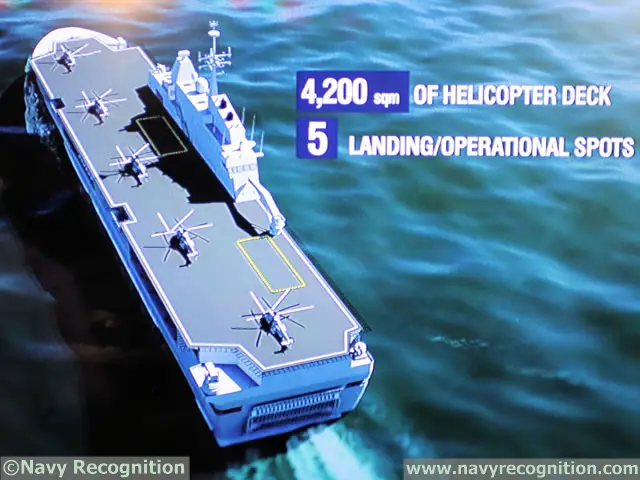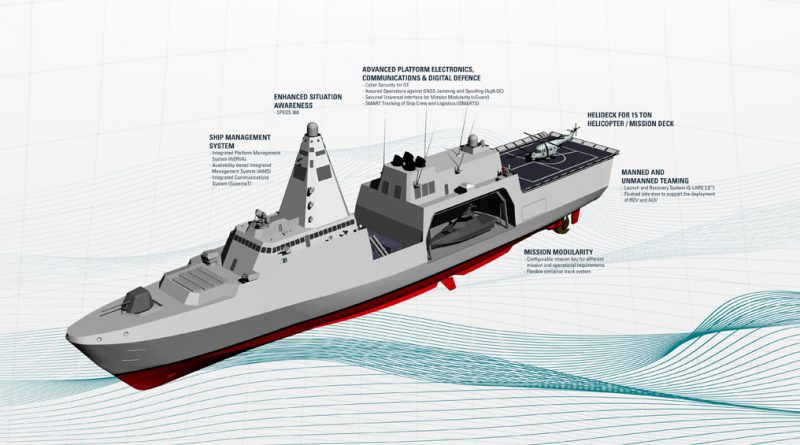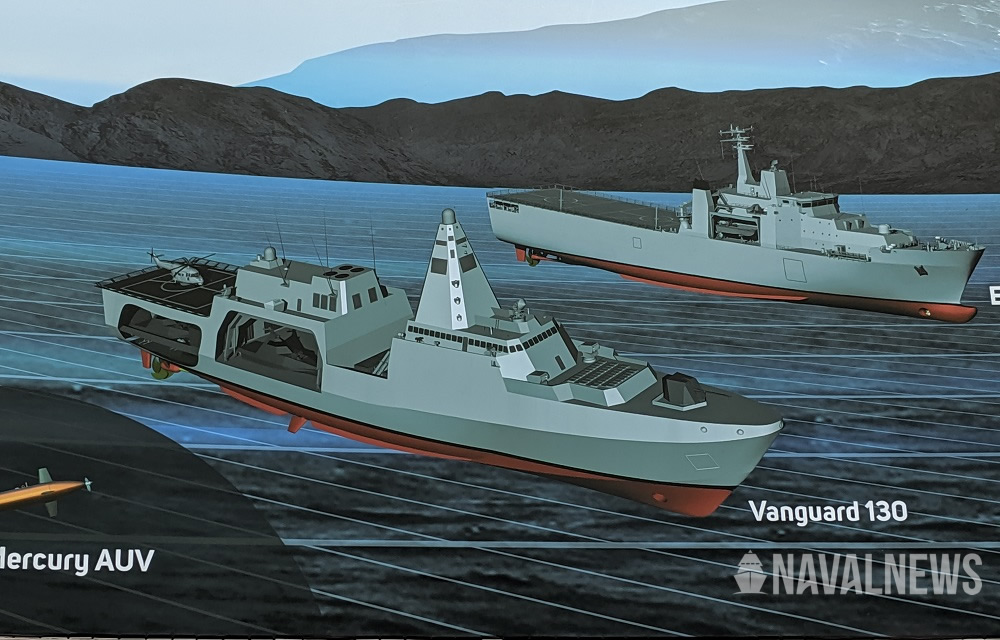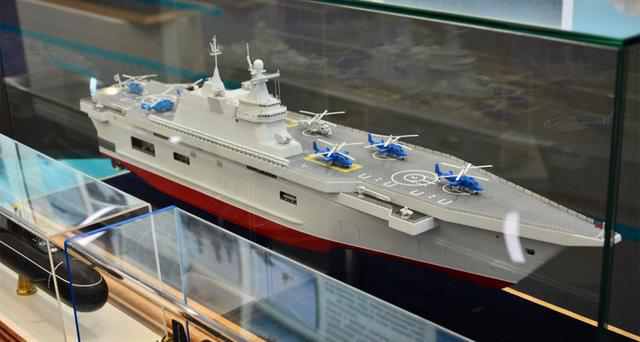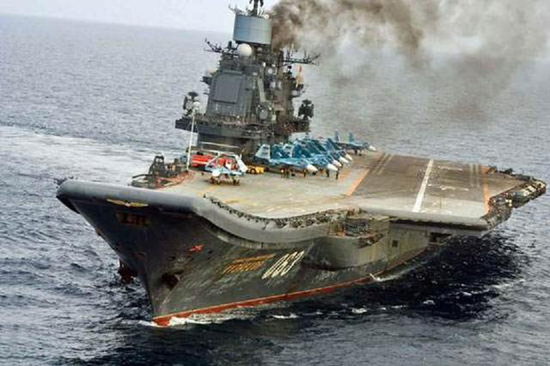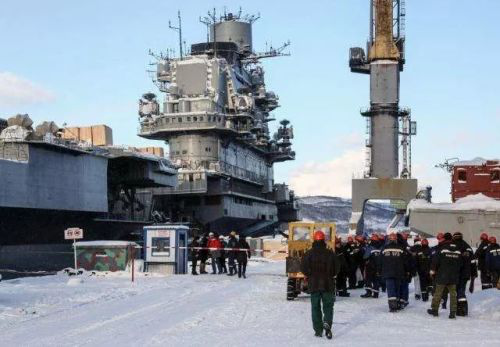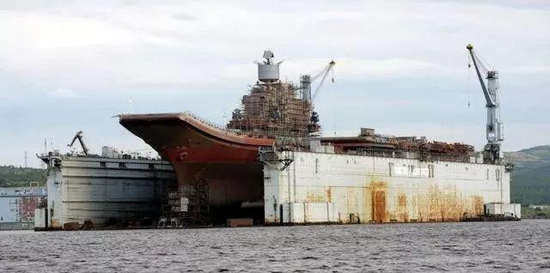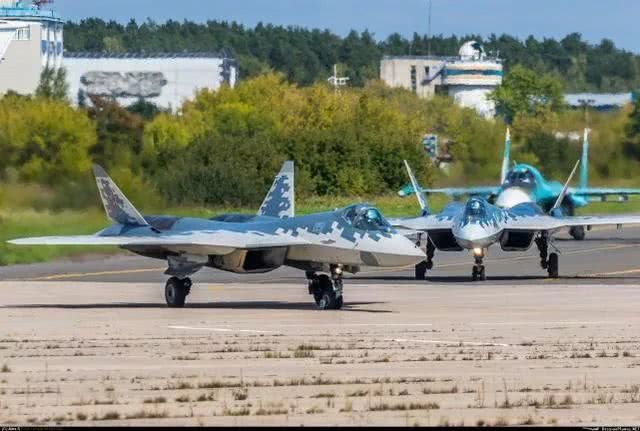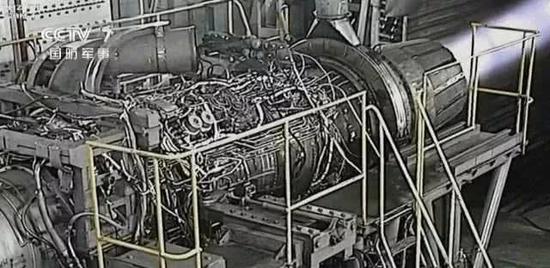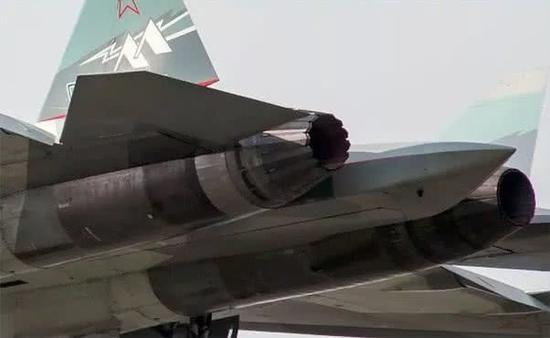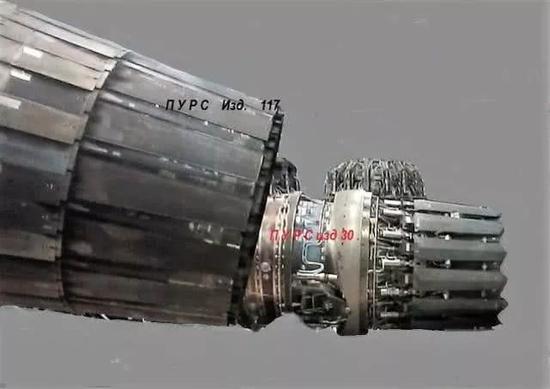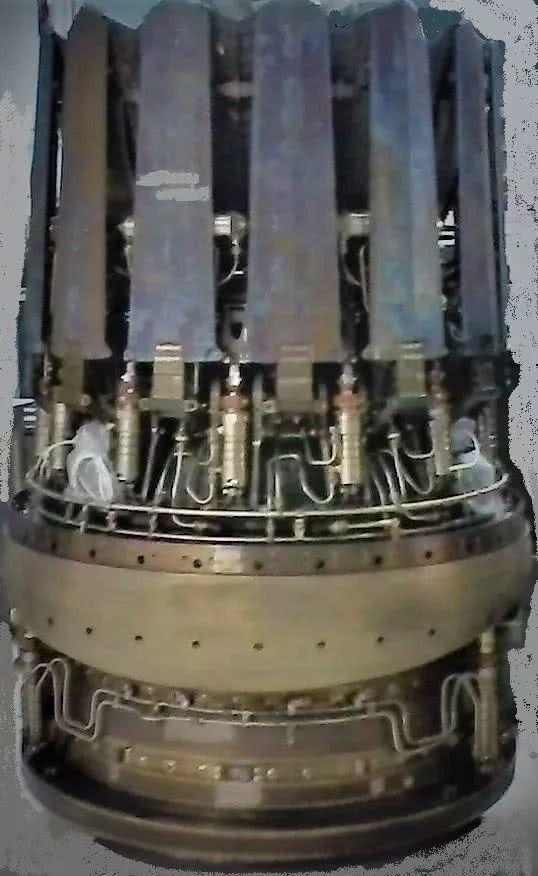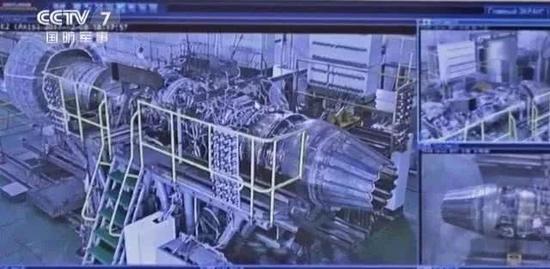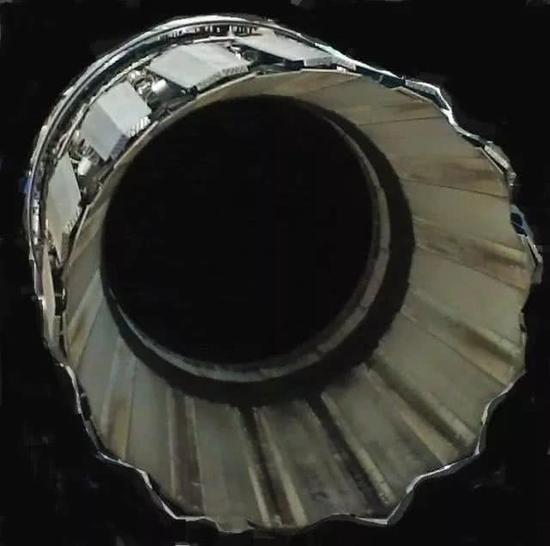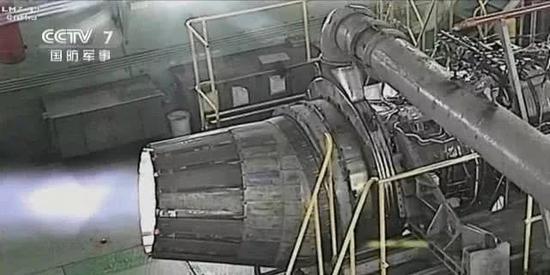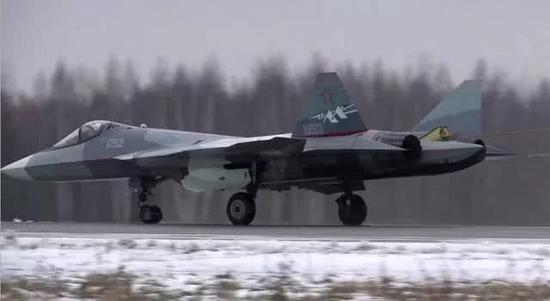- Joined
- Jun 27, 2018
- Messages
- 30,090
- Points
- 113
China and America Are Going Navy Crazy (As in Building Lots of New Warships)
A photograph of a Shanghai shipyard appears to reveal China’s massive naval buildup. But appearances can be deceiving. Yes, China is growing and modernizing its fleet. No, the country isn’t about to overtake the United States when it comes to naval power.
Forbes writer H.I. Sutton highlighted the December 2019 photo, which apparently depicts no fewer than nine destroyers and an aircraft carrier under construction or fitting out at the yard. “To put that into context, the Royal Navy’s entire destroyer fleet is just six ships,” Sutton explained. “And this yard is just part of a much bigger construction program.”
“The Chinese navy of today, and the future, is changed beyond all recognition from the Chinese navy of the past,” Sutton added. “The world naval balance is shifting.”
It’s true. Beijing since the 1990s heavily has invested in a sweeping naval modernization program that has resulted in the Chinese navy growing into the world’s second-largest maritime force.
The Chinese fleet in 2019 boasts scores of modern frigates, destroyers, submarines and amphibious assault ships. One medium-size aircraft carrier is in service in a training role. Another carrier is undergoing trials. A third, larger flattop is under construction in Shanghai and is visible in Sutton’s photo.
Dec
18
1956
Japan joins the United Nations.
add this to your site
But the photo probably isn’t actually all that remarkable, even considering that it depicts just one of China’s several major naval shipyards.
For starters, we don’t actually know exactly how many warships China is building at any given time, where exactly the country is building them, how much they cost and how well they work.
“Regarding Chinese shipbuilding advantages, it is difficult to obtain specific data,” wrote Andrew Erickson, a professor at the U.S. Naval War College in Rhode Island. “Numbers related to budgeting and process efficiency in China’s relatively opaque defense industry unfortunately remain very difficult to investigate precisely using open sources.”
Still, if you count civilian and military ship-construction, it’s safe to say that China has the most extensive overall shipbuilding infrastructure of any country, Erickson pointed out. That’s because Chinese yards still build lots of commercial vessels, whereas American yards increasingly have focused on the boutique military market rather than trying to compete with big Asian shipbuilders with their cheaper labor, lighter regulation and deeper government subsidies.
The commercial shipbuilding “helps subsidize military production, an option closed to the United States given its paucity of commercial shipbuilding,” Erickson explained.
But that doesn’t mean the United States’s seven major commercial naval shipyards aren’t building a lot of ships. The U.S. Navy is in the second decade of slow but steady naval buildup that has expanded the front-line fleet from a low of around 270 major warships to 290 today. The fleet aims to grow to 350 or 355 manned and unmanned major warships in around a decade’s time.
Annual shipbuilding budgets totalling at least $20 billion have sustained this build-up. Today at Bath Iron Works in Maine, five Arleigh Burke-class destroyers and one Zumwalt-class destroyer are under construction. Another six Burkes are on order. The yard also is gearing up to start building new missile frigates.
Another four Burkes are under construction at Huntington-Ingalls’s shipyard in Mississippi. Meanwhile, the U.S. Navy recently cut its biggest-ever contracts with shipbuilders in Connecticut and Virginia for new nuclear-powered attack submarines and aircraft carriers.
Newer shipyards in Alabama and Wisconsin produce Littoral Combat Ships and fast transports. NASSCO, a shipyard in San Diego that mostly makes support ships, recently reported one of its biggest-ever production backlogs.
The American fleet expects to commission at least 59 new large warships through 2024. But that building spree might not look like much. It’s unclear how many of the new ships simultaneously might appear in a single photograph of a single shipyard.
The numbers tell a different story than one photo does. In 2019 the Chinese fleet possesses 624 warships, according to U.S. Navy commander Keith Patton, writing for the Center for International Maritime Security. The American fleet by contrast has 333 “battle force” ships.
Officially, the U.S. Navy operates just 290 ships. Patton based his own, bigger tally on the figures in the 2019 edition of Jane’s Fighting Ships, which includes some patrol boats and auxiliary vessels that the Navy leaves out.
But counting hulls can be misleading, Patton wrote. For one, American ships on average are much bigger than Chinese and Russian ships are. “When tonnage is used as the metric, the picture changes dramatically.” The U.S. fleet in total displaces 4.6 million tons of water. The Chinese fleet displaces 1.8 million tons.
Of course, a big ship can be lightly armed. A small ship can be heavily armed. “Very similar if not identical anti-ship missiles are carried by small patrol combatants and mounted on the largest combatants, sometimes in identical quantities (eight being a popular number),” Patton explained.
“While the defensive and damage control capabilities of larger vessels may be greater, it still seems likely that a few missile hits will knock most ships out of action, if not sink them. If missiles are the true measure of a fleet’s combat power, then neither tonnage nor hull count is an appropriate metric, because neither is directly related to a ship’s missile capabilities.”
So Patton compared fleets by weaponry, a metric he borrowed from former U.S. deputy defense secretary Bob Work. Patton only counted offensive “battle-force missiles” such as heavy anti-air missiles, anti-ship missiles and land-attack cruise missiles.
By that standard, the U.S. fleet can carry around 12,000 battle-force missiles. Chinese ships in total can carry 5,200 BFMs. Again, this disparity in naval force isn’t evident in a single photo. Nor is the even greater difference between the U.S. and Chinese fleets when it comes to naval air power. “The U.S. has an almost twentyfold advantage in fixed-wing aircraft operating from ships,” Patton explained.
In short, don’t get carried away trying to assess a country’s naval power on the basis of a single photograph.
David Axe serves as Defense Editor of the National Interest. He is the author of the graphic novels War Fix, War Is Boring and Machete Squad.
A photograph of a Shanghai shipyard appears to reveal China’s massive naval buildup. But appearances can be deceiving. Yes, China is growing and modernizing its fleet. No, the country isn’t about to overtake the United States when it comes to naval power.
Forbes writer H.I. Sutton highlighted the December 2019 photo, which apparently depicts no fewer than nine destroyers and an aircraft carrier under construction or fitting out at the yard. “To put that into context, the Royal Navy’s entire destroyer fleet is just six ships,” Sutton explained. “And this yard is just part of a much bigger construction program.”
“The Chinese navy of today, and the future, is changed beyond all recognition from the Chinese navy of the past,” Sutton added. “The world naval balance is shifting.”
It’s true. Beijing since the 1990s heavily has invested in a sweeping naval modernization program that has resulted in the Chinese navy growing into the world’s second-largest maritime force.
The Chinese fleet in 2019 boasts scores of modern frigates, destroyers, submarines and amphibious assault ships. One medium-size aircraft carrier is in service in a training role. Another carrier is undergoing trials. A third, larger flattop is under construction in Shanghai and is visible in Sutton’s photo.
Dec
18
1956
Japan joins the United Nations.
add this to your site
But the photo probably isn’t actually all that remarkable, even considering that it depicts just one of China’s several major naval shipyards.
For starters, we don’t actually know exactly how many warships China is building at any given time, where exactly the country is building them, how much they cost and how well they work.
“Regarding Chinese shipbuilding advantages, it is difficult to obtain specific data,” wrote Andrew Erickson, a professor at the U.S. Naval War College in Rhode Island. “Numbers related to budgeting and process efficiency in China’s relatively opaque defense industry unfortunately remain very difficult to investigate precisely using open sources.”
Still, if you count civilian and military ship-construction, it’s safe to say that China has the most extensive overall shipbuilding infrastructure of any country, Erickson pointed out. That’s because Chinese yards still build lots of commercial vessels, whereas American yards increasingly have focused on the boutique military market rather than trying to compete with big Asian shipbuilders with their cheaper labor, lighter regulation and deeper government subsidies.
The commercial shipbuilding “helps subsidize military production, an option closed to the United States given its paucity of commercial shipbuilding,” Erickson explained.
But that doesn’t mean the United States’s seven major commercial naval shipyards aren’t building a lot of ships. The U.S. Navy is in the second decade of slow but steady naval buildup that has expanded the front-line fleet from a low of around 270 major warships to 290 today. The fleet aims to grow to 350 or 355 manned and unmanned major warships in around a decade’s time.
Annual shipbuilding budgets totalling at least $20 billion have sustained this build-up. Today at Bath Iron Works in Maine, five Arleigh Burke-class destroyers and one Zumwalt-class destroyer are under construction. Another six Burkes are on order. The yard also is gearing up to start building new missile frigates.
Another four Burkes are under construction at Huntington-Ingalls’s shipyard in Mississippi. Meanwhile, the U.S. Navy recently cut its biggest-ever contracts with shipbuilders in Connecticut and Virginia for new nuclear-powered attack submarines and aircraft carriers.
Newer shipyards in Alabama and Wisconsin produce Littoral Combat Ships and fast transports. NASSCO, a shipyard in San Diego that mostly makes support ships, recently reported one of its biggest-ever production backlogs.
The American fleet expects to commission at least 59 new large warships through 2024. But that building spree might not look like much. It’s unclear how many of the new ships simultaneously might appear in a single photograph of a single shipyard.
The numbers tell a different story than one photo does. In 2019 the Chinese fleet possesses 624 warships, according to U.S. Navy commander Keith Patton, writing for the Center for International Maritime Security. The American fleet by contrast has 333 “battle force” ships.
Officially, the U.S. Navy operates just 290 ships. Patton based his own, bigger tally on the figures in the 2019 edition of Jane’s Fighting Ships, which includes some patrol boats and auxiliary vessels that the Navy leaves out.
But counting hulls can be misleading, Patton wrote. For one, American ships on average are much bigger than Chinese and Russian ships are. “When tonnage is used as the metric, the picture changes dramatically.” The U.S. fleet in total displaces 4.6 million tons of water. The Chinese fleet displaces 1.8 million tons.
Of course, a big ship can be lightly armed. A small ship can be heavily armed. “Very similar if not identical anti-ship missiles are carried by small patrol combatants and mounted on the largest combatants, sometimes in identical quantities (eight being a popular number),” Patton explained.
“While the defensive and damage control capabilities of larger vessels may be greater, it still seems likely that a few missile hits will knock most ships out of action, if not sink them. If missiles are the true measure of a fleet’s combat power, then neither tonnage nor hull count is an appropriate metric, because neither is directly related to a ship’s missile capabilities.”
So Patton compared fleets by weaponry, a metric he borrowed from former U.S. deputy defense secretary Bob Work. Patton only counted offensive “battle-force missiles” such as heavy anti-air missiles, anti-ship missiles and land-attack cruise missiles.
By that standard, the U.S. fleet can carry around 12,000 battle-force missiles. Chinese ships in total can carry 5,200 BFMs. Again, this disparity in naval force isn’t evident in a single photo. Nor is the even greater difference between the U.S. and Chinese fleets when it comes to naval air power. “The U.S. has an almost twentyfold advantage in fixed-wing aircraft operating from ships,” Patton explained.
In short, don’t get carried away trying to assess a country’s naval power on the basis of a single photograph.
David Axe serves as Defense Editor of the National Interest. He is the author of the graphic novels War Fix, War Is Boring and Machete Squad.




